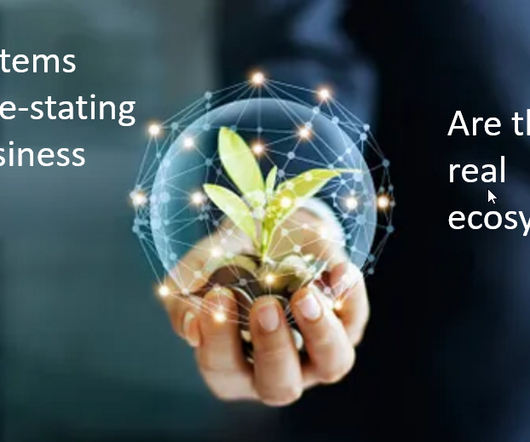Innovation Management Software: Connect Creativity and Collaboration
Planview
JULY 9, 2019
No matter how you get work done, whether it’s Agile, traditional waterfall, Lean, or something in between, organizations must be able to establish an innovation culture where ideas are collected, evaluated, prioritized, and then turned into amazing products, services, and efficiencies that your business and your customers want.






























Let's personalize your content